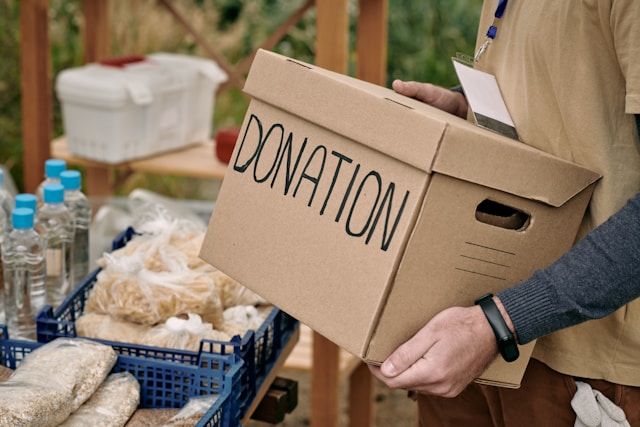
Local philanthropy impact refers to the measurable ways in which charitable giving—time, money, or expertise—directly improves a neighborhood. Unlike large-scale grants aimed at global or national causes, local philanthropy impact zeroes in on community-specific needs: supporting after-school programs, funding block-party street fairs, or underwriting local food co-ops. By focusing on local philanthropy impact, donors and residents co-create solutions that resonate culturally and address immediate gaps. This close feedback loop not only maximizes the effectiveness of each dollar but also deepens trust and mutual accountability among stakeholders.
Economic Benefits of Local Philanthropy Impact
One of the clearest indicators of local philanthropy impact is economic revitalization. When philanthropists invest in small-business accelerators, microloan schemes, or vocational training, they catalyze job creation and consumer spending within the very neighborhoods they serve. For example, a single grant that targets local artisans can lead to pop-up markets that hire event staff, lease retail space, and source materials from nearby vendors. Studies show that every dollar deployed through it can generate up to $3 in additional economic activity, amplifying donor ROI and stimulating sustainable growth.
By integrating it into your SEO strategy—through case studies, infographics, and long-form blog posts—you’ll capture searchers looking for proven ways to boost community economies while highlighting your organization’s role in that success.
Strengthening Communities
Beyond dollars, the most enduring effects of it lie in social capital—the friendships, networks, and shared sense of purpose that define a thriving neighborhood. When funding supports community clean-ups, mural projects, or intergenerational mentorship, it creates opportunities for residents to collaborate, celebrate, and problem-solve together. Those collaborative moments are the essence of local philanthropy impact: they break down silos, reduce isolation, and promote mental well-being.
Metrics like volunteer hours logged, event attendance, and before-and-after surveys of neighborly trust provide concrete evidence of social uplift. Publishing those metrics with the focus on “local philanthropy impact” will boost your authority and help other communities replicate your model.
Measuring the Local Philanthropy Impact
A hallmark of effective giving is accountability—and nowhere is that clearer than in tracking it. Nonprofits and donors increasingly use tools like logic models, outcome-tracking dashboards, and beneficiary feedback loops to measure progress against goals: higher literacy rates, fewer evictions, or increased access to mental health resources. By tying each grant or volunteer campaign to specific KPIs, stakeholders can see where “local philanthropy impact” is strongest and where it needs recalibration.
Sustainable impact often emerges when initial philanthropic seed funding attracts government matching grants or corporate partnerships. That multiplier effect underscores the real power of it: it’s not just about one-time gifts but about building durable social infrastructure that endures long after the initial check clears.